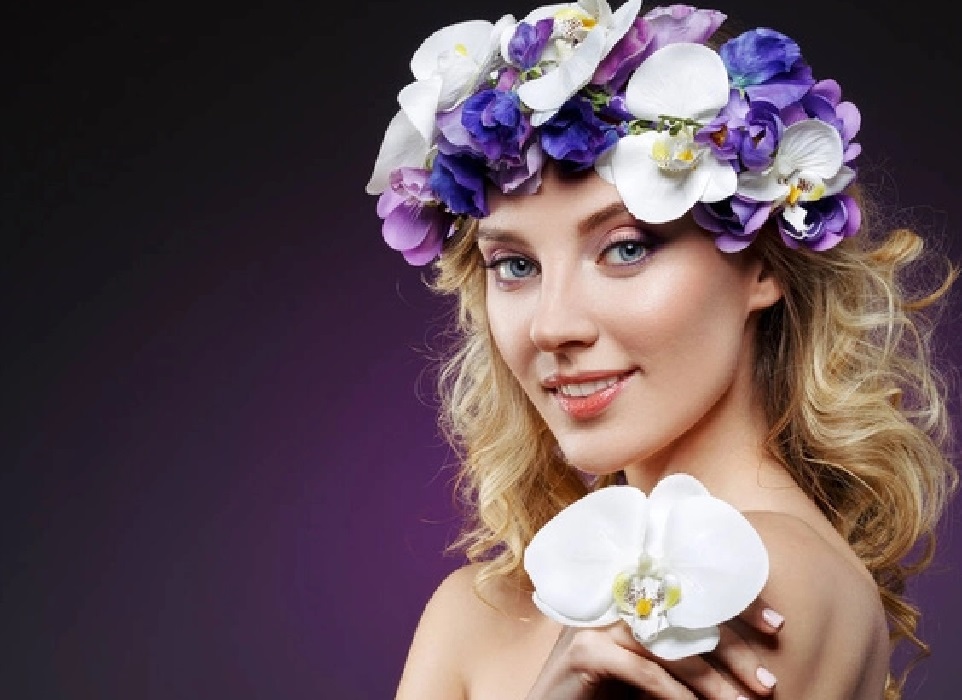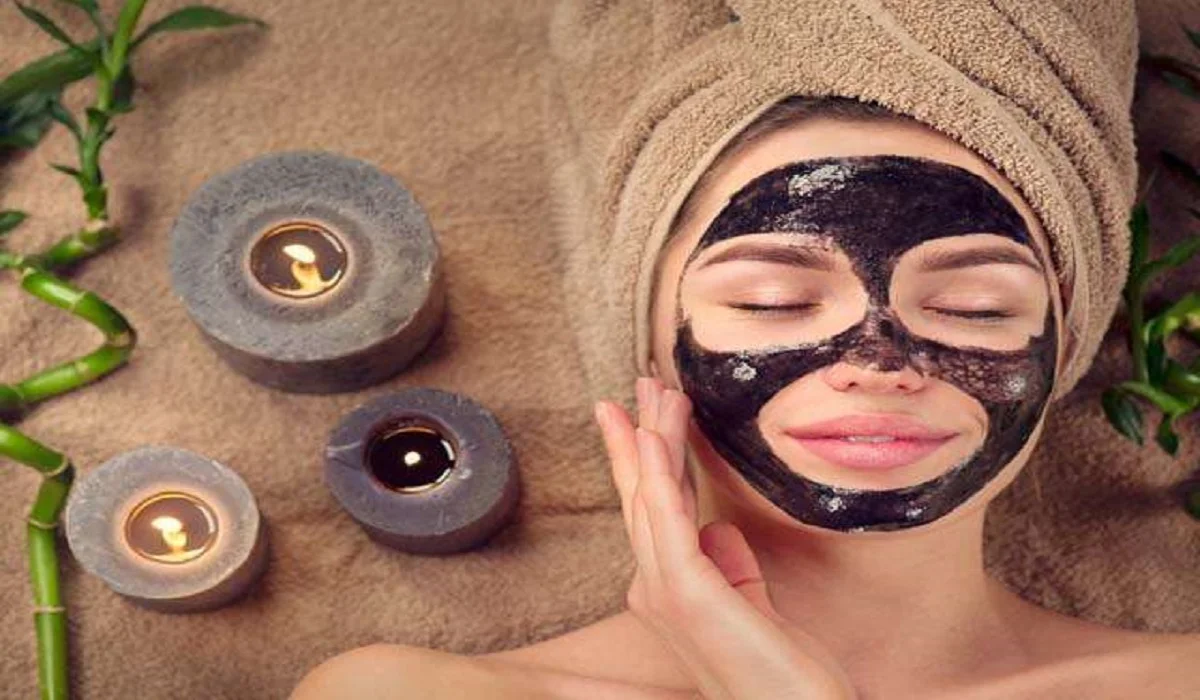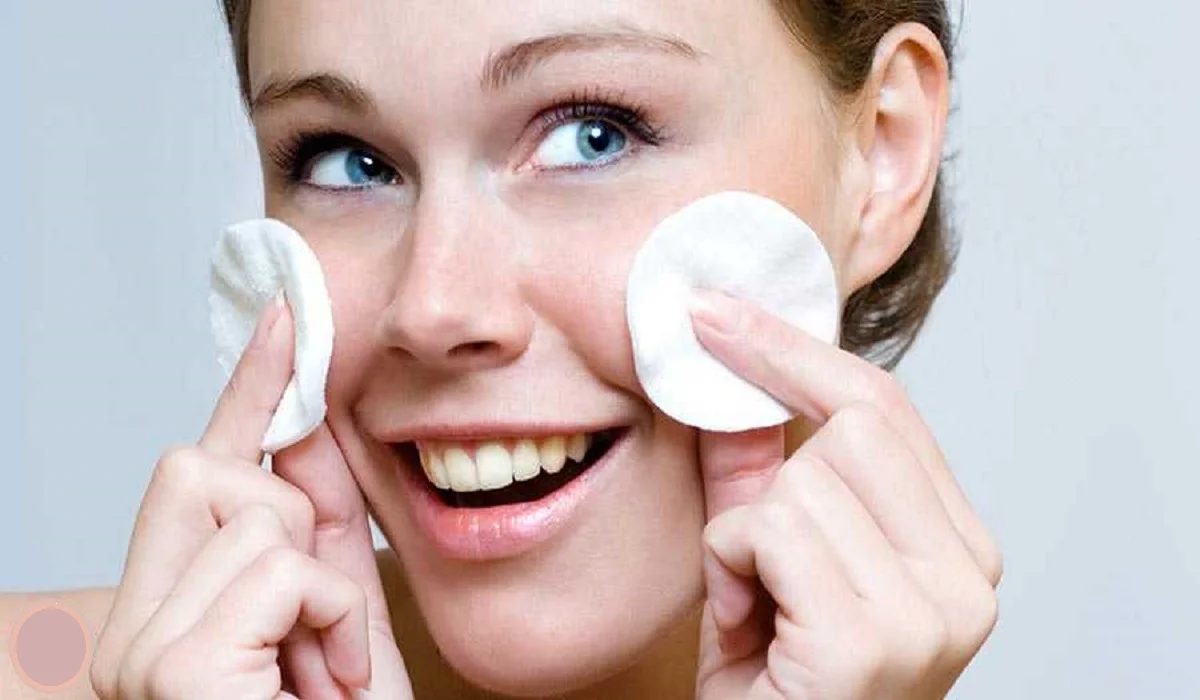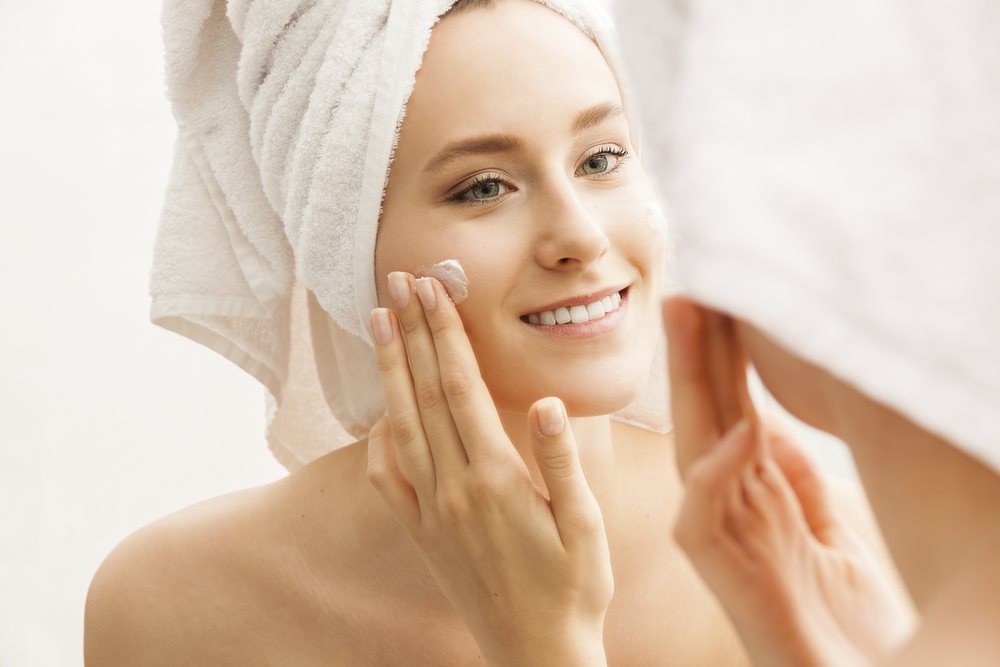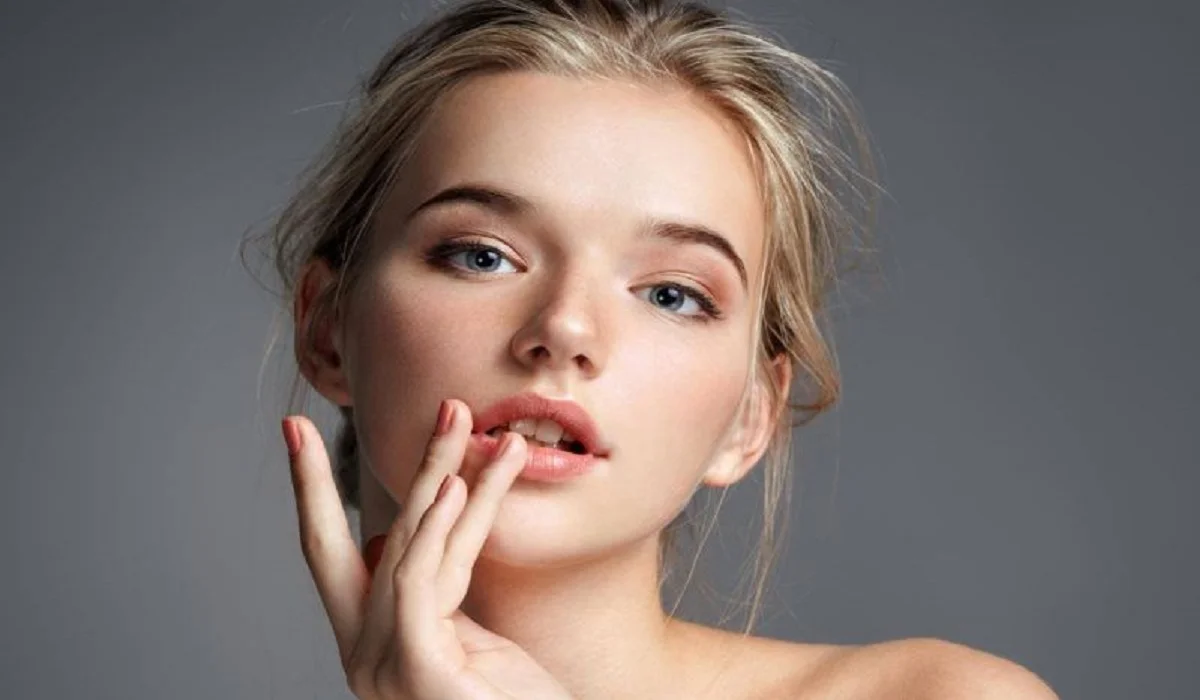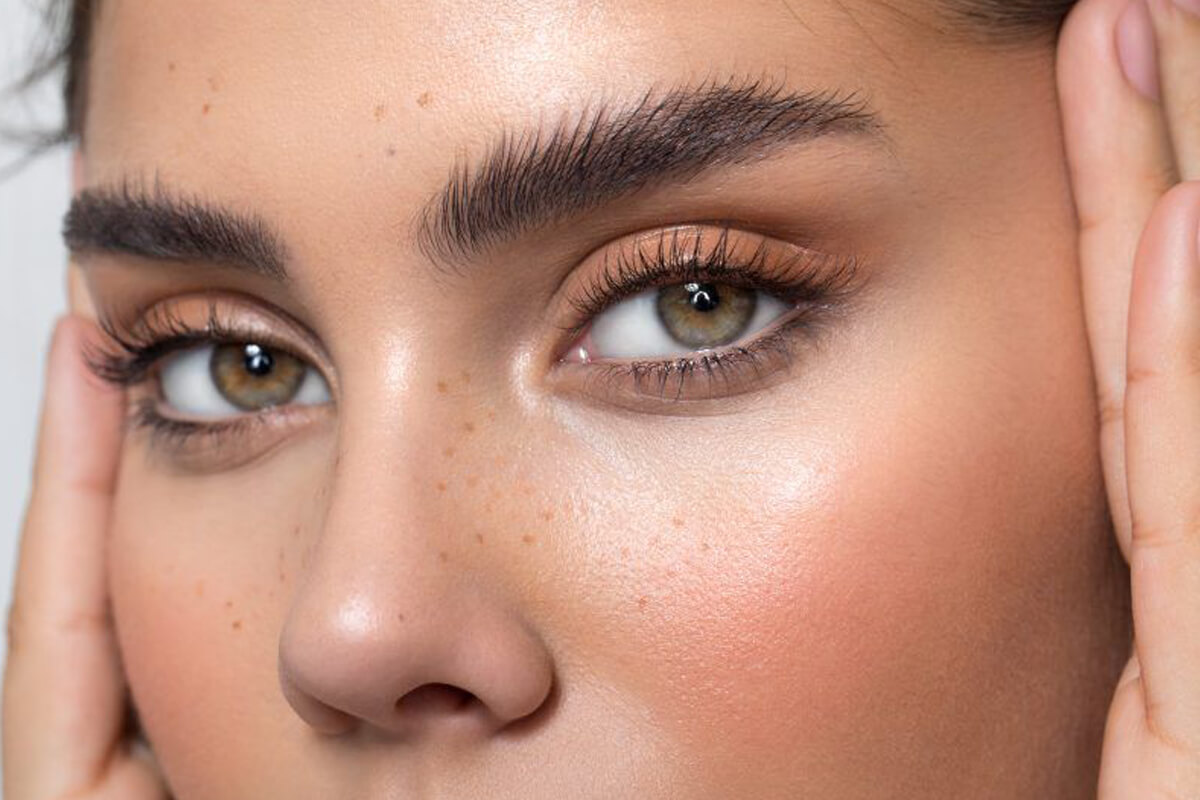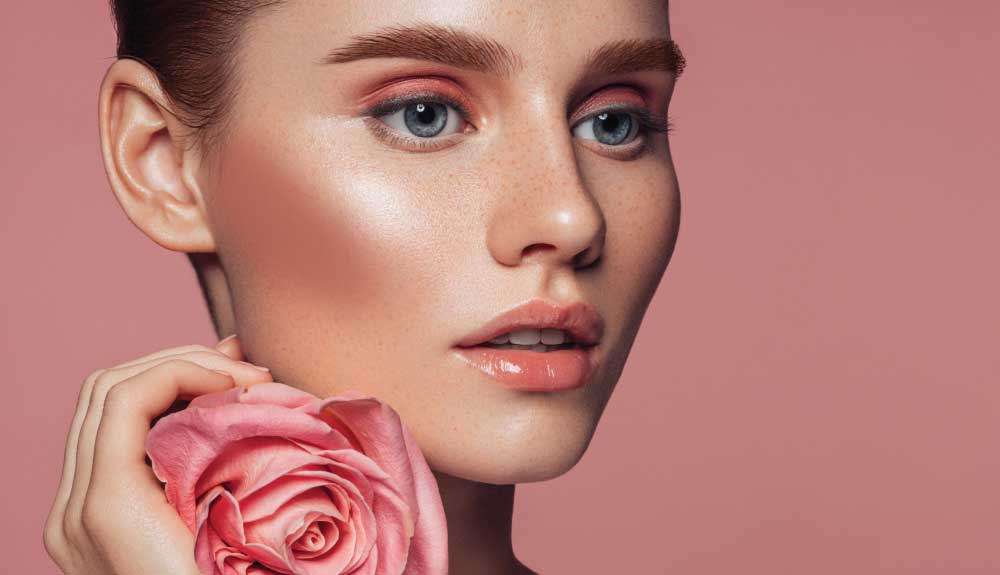
Blush is a makeup essential that adds a healthy flush of color to your cheeks, brightening up your complexion and enhancing your natural beauty. However, selecting the right blush shade to match your skin tone can be a daunting task. With numerous options available, it’s essential to understand your skin tone and undertone to pick the perfect blush that complements your features. In this in-depth guide, we will walk you through the process of identifying your skin tone and undertone and provide expert tips on choosing the ideal blush shade for a radiant and harmonious look.
Determining Your Skin Tone
Before diving into blush selection, it’s crucial to determine your skin tone accurately. Skin tones generally fall into three categories: fair, medium, and deep.
a. Fair Skin Tone: Fair skin usually burns easily in the sun and rarely tans. It often has a translucent quality, and veins on the wrist might appear blue or purple.
b. Medium Skin Tone: Medium skin has a more balanced undertone and tans moderately in the sun. Veins on the wrist appear blue-green.
c. Deep Skin Tone: Deep skin tans deeply and rarely burns. Veins on the wrist appear green.
Understanding Your Undertone
Apart from your skin tone, understanding your undertone is crucial for selecting the most flattering blush shade. Undertones can be warm, cool, or neutral.
a. Warm Undertone: If your veins appear green and gold jewelry complements your skin better, you likely have a warm undertone. Warm undertones have hints of yellow, peach, or golden hues.
b. Cool Undertone: If your veins appear blue or purple, and silver jewelry looks better on you, you likely have a cool undertone. Cool undertones have hints of pink, red, or blue.
c. Neutral Undertone: If you find it challenging to distinguish whether your veins appear green or blue and both gold and silver jewelry suit you, you may have a neutral undertone. Neutral undertones have a balanced mix of warm and cool tones.
Best Blush Shades for Different Skin Tones and Undertones
Now that you’ve identified your skin tone and undertone, let’s explore the best blush shades that complement each combination:
a. Fair Skin Tones:
Fair with Warm Undertone: Opt for soft peach, warm pink, or light coral blushes to add a natural flush to your cheeks.
Fair with Cool Undertone: Choose rosy pink, cool mauve, or soft berry shades for a fresh and radiant look.
Nötr Alt Tonla Adil: Şanslısın! Nötr bir alt ton olarak, yumuşak pembe, şeftali pembesi ve leylak rengi gibi çok çeşitli allık tonlarını deneyebilirsiniz.
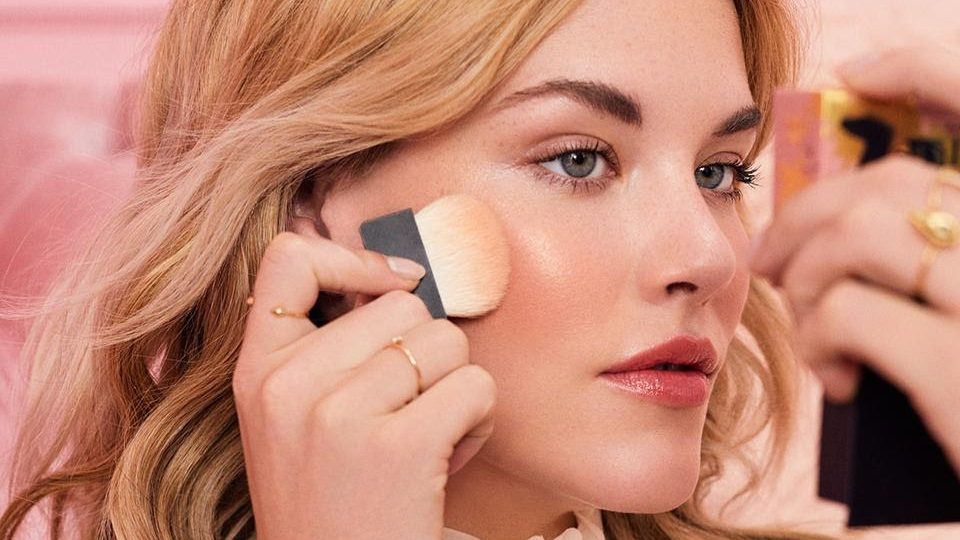
b. Medium Skin Tones:
Medium with Warm Undertone: Embrace warm peach, apricot, and coral blushes for a sun-kissed glow.
Medium with Cool Undertone: Opt for berry, plum, or deep rose blushes to add a pop of color to your cheeks.
Nötr Alt Tonlu Orta: Nötr alt tonlu açık ten gibi, sıcak terakotadan soğuk güle kadar çeşitli allık tonlarını çekebilirsiniz.
c. Deep Skin Tones:
Derin ve Sıcak Alt Ton: Cildinizle çarpıcı bir kontrast oluşturmak için zengin, sıcak kiremit kırmızısı, mandalina veya derin mercan allıklarını tercih edin.
Deep with Cool Undertone: Opt for bold fuchsia, berry, or plum blushes to enhance your natural radiance.
Nötr Alt Tonla Derin: Gurur verici ve uyumlu bir görünüm için derin, pembe tonları ve pişmiş toprak tonları kucaklayın.
Consider Your Makeup Look and Occasion
In addition to your skin tone and undertone, consider the makeup look you want to achieve and the occasion when selecting a blush shade:
a. Natural and Everyday Look: For a subtle and effortless look, choose blush shades that are close to your natural flush. Soft pinks, peaches, and mauves work well for this purpose.
b. Glamorous and Nighttime Look: When aiming for a more dramatic appearance, opt for bolder blush shades like vibrant pinks, berry tones, or deep reds.
c. Neutral and Versatile Look: If you want a blush that complements various makeup looks, opt for a neutral blush that works well with any color scheme.
d. Special Occasions: Consider the outfit you’ll be wearing and the overall theme of the event. For formal occasions, a classic and universally flattering blush shade like a rosy pink or soft peach is a safe choice.
Test Before You Invest
Before purchasing a blush, it’s essential to test the shade on your skin to ensure it complements your unique coloring. Here’s how to do it:
a. Go to a makeup store with natural lighting and ask for samples or testers of blush shades that caught your eye.
b. Swipe a small amount of each blush on your cheeks (make sure your skin is clean and makeup-free).
c. Observe the shades in natural light to see how they interact with your skin tone and undertone.
d. Pay attention to how the blush complements your complexion and enhances your features.
Blush Application Tips
Once you’ve found the perfect blush shade, here are some tips for applying blush flawlessly:
a. Use a light hand: Start with a small amount of blush and build up the color gradually to avoid applying too much product.
b. Smile: Smile when applying blush to identify the apples of your cheeks and gently blend the blush upwards towards your temples.
c. Blend well: Ensure seamless blending to create a natural-looking flush, and avoid harsh lines.
d. Consider your face shape: The placement of blush can vary depending on your face shape. Adjust the application to enhance your facial features best.
Blush is a magical product that adds a healthy and youthful glow to your complexion. By understanding your skin tone, undertone, and the best blush shades to complement them, you can select the perfect blush to enhance your natural beauty. Remember to consider the occasion and the makeup look you want to achieve while testing blush shades to find the one that best suits you. With these expert tips and a dash of experimentation, you can confidently choose and apply blush to achieve a radiant and harmonious look every time you step out with a rosy, blushing glow.

